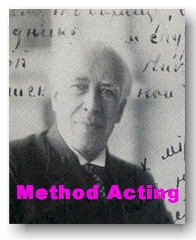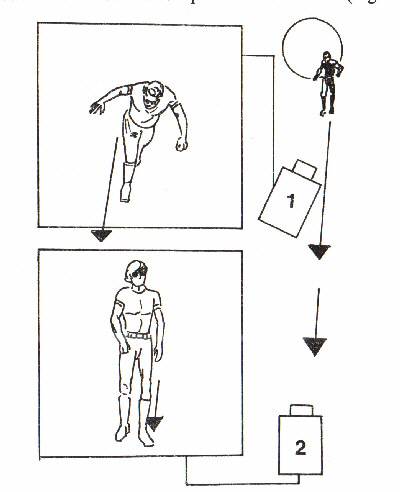[ advertising space : webmaster ]
Enter the name of a movie, TV show, or person and then click "Go" to get more information about it/them from imdb.com.
How to Read a FilmSubscribe to Open Class @ 200x Aesthetics
Film & Video Directing (Spring 2004): textbook Grammar of the Film Language by Daniel Arijon


FILM DIRECTING online; if in class, must subscribe!

Films&Movies 2003 *
Directors Forum: if in class, I recommend to subscribe!
KEY TERMS: Glossary
DVD: Drama & Art House, Studio Specials & Classics, New & Future Releases, Cult Movies
filmmaking books

film books

Method for Directors?

ShowCases: 3 Sisters, Mikado, 12th Night, Hamlet, The Importance of Being Earnest, Dangerous Liaisons, Don Juan
prof. Anatoly Antohin Theatre UAF AK 99775 USA
"POV" (above logo) is a nonfiction writing, but with a lot about the nature of film. There is another page -- Speed, because it is difficult to talk about Style in filmmaking without discussing HOW director manipulates time, how he creates the chronotope of the spectacle.
3-4 types of motion: Primary motion, Secondary motion, or both! Plus -- cuts. Manipulation of time through the space manipulation!
Symbols:
Sorry, I have no time to scan;@< -- camera (facing right), or -- >@ (facing left)
\/
@
(pointed above)
(I ----- I) : two actors facing each other
For more see GRAMMAR OF THE FILM LANGUAGE, Daniel Arjon, Coomunication Arts Books, 1976
"Nail down your camera and depend of the cutting" - John Ford (extreme statement)
20 Basic Rules for Camera Movement
1. A moving camera introducing character's POV2. The camera behaves as if it is the eyes of an actor.
3. Panning ot tracking (travelling) present the scene directluy or as POV.
4. #3 can disclose an expected or unexpected situation at the end of the movement.
5. A straight cut is faster than a moving shot because it establishes the new point immediately.
6. ...
7. Moving shot has three parts: a beginning (the camera is static), a moving centre section and a conclusion (static again). We cannot cut from a moving to a static shot of the same object!
Combined panning and tracking are used to follow a subject moving in front of the camera,
The rest is later.
TERMS:
A panning shot can scan a subject horizontally or follow a moving subject, (In the second instance the camera and subject might move continuosly or intermittently).

* see T-blog and VT blog ! My places to watch for directing -- Total Director, stagematrix.com, meyerhold.us + teatr.us for LUL Theatre & stagematrix group [wiki]
Vertov: Footage > Montage > Action
 amazon.com * movimaking online book * wikipedia
amazon.com * movimaking online book * wikipedia

 * Classes * Virtual Theatre * Bookmark vTheatre! Mailing List & News -- subscribe yourself * The Book of Spectator *
* Classes * Virtual Theatre * Bookmark vTheatre! Mailing List & News -- subscribe yourself * The Book of Spectator * 


